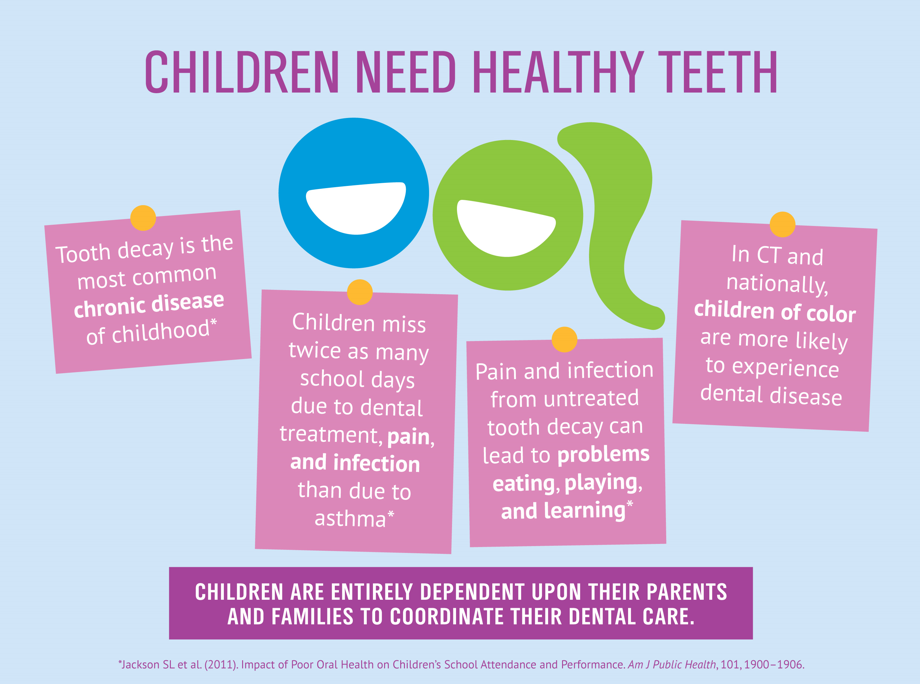Prepare Yourself For Unexpected Dental Emergencies By Having The Ability To Identify The Signs And Symptoms Of Injury And Comprehending The Suitable Time To Look For Prompt Medical Interest
Prepare Yourself For Unexpected Dental Emergencies By Having The Ability To Identify The Signs And Symptoms Of Injury And Comprehending The Suitable Time To Look For Prompt Medical Interest
Blog Article
Post Written By-Gundersen Weiner
If you feel an abrupt shock of pain or discover a tooth injury, it can be upsetting. Yet just how do you identify if it's an oral emergency that requires prompt interest? Understanding the vital indications and understanding when to look for aid can make all the distinction in maintaining your dental health and wellness. Understanding when to act quickly could imply the difference between a quick fix and much more extensive treatment.
Common Types of Dental Trauma
What're the typical types of oral trauma that you should know?
best dentist near me dentist can occur, causing various sorts of oral injuries. One common sort of oral injury is a cracked tooth. https://teethwhiteningwithbraces28405.blogsvila.com/30816533/attending-to-widespread-misconceptions-concerning-oral-implants can occur from biting down on something hard or experiencing a blow to the face.
An additional kind is a damaged tooth, where a part of the tooth can chip off. Additionally, https://aesthetic-dentistry21087.blogs100.com/31155193/guidelines-for-choosing-the-best-tooth-brush-and-tooth-paste-to-accomplish-superior-oral-health-and-wellness might experience a knocked-out tooth, which can happen during sporting activities or falls. It's important to deal with the tooth very carefully and look for prompt oral attention.
Dental injury can also involve a tooth that has been pushed out of position or loosened as a result of an injury. This sort of injury needs prompt therapy to save the tooth.
Lastly, soft tissue injuries in the mouth, such as cuts, can likewise occur from accidents. Understanding about these typical sorts of dental injury can help you act promptly and suitably in case of an emergency.
Signs of Oral Emergencies
Identifying the indications of oral emergencies is critical for prompt activity and appropriate treatment. If you experience extreme tooth discomfort that's constant and throbbing, it might suggest an underlying problem that requires prompt focus.
Swelling in the periodontals, face, or jaw can additionally suggest a dental emergency, particularly if it's accompanied by discomfort or fever. Any type of sort of trauma to the mouth leading to a split, broken, or knocked-out tooth ought to be treated as an emergency to prevent more damage and potential infection.
Bleeding from the mouth that doesn't quit after using stress for a couple of mins is another red flag that you ought to seek emergency oral treatment. Furthermore, if you discover any kind of signs of infection such as pus, a foul preference in your mouth, or a fever, it's important to see a dental professional as soon as possible.
Neglecting these signs can result in much more serious complications, so it's critical to act quickly when faced with a prospective oral emergency situation.
Value of Immediate Treatment
Motivate activity and instant treatment are critical in addressing oral emergencies to prevent further problems and make certain ideal outcomes for your oral health.
When faced with a dental emergency situation, such as a knocked-out tooth or serious toothache, looking for instant treatment can make a significant distinction in saving your tooth and relieving pain. Delaying treatment can cause infection, increased pain, and also long-term damages to your teeth and periodontals.
By looking for emergency situation dental treatment promptly, you boost the chances of successful therapy and repair. Dentists have the required abilities and equipment to resolve emergencies properly, lowering the risk of long-term effects.
Furthermore, prompt treatment can aid take care of discomfort and discomfort, allowing you to resume your daily tasks without interruption.
Conclusion
Finally, understanding oral injury and recognizing when to seek first aid is crucial for preserving oral wellness.
By acknowledging common kinds of dental injuries and the indicators of oral emergency situations, you can make certain timely care to stop more damages and problems.
Bear in mind, seeking instant therapy can save teeth, minimize discomfort, and increase the opportunities of successful healing.
Don't be reluctant to look for help from a dental professional if you experience any indicators of dental trauma.
